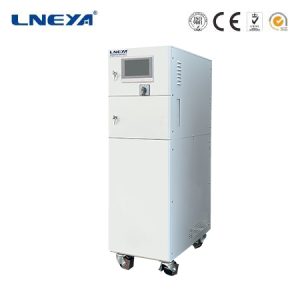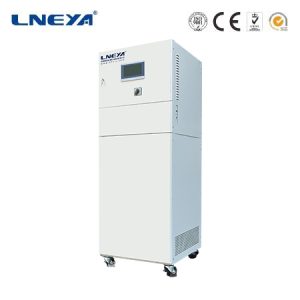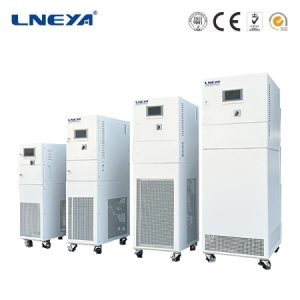The Chiller Range: A Spectrum of Cooling Solutions
The chiller range encompasses a wide array of cooling systems that cater to the diverse needs of commercial and industrial applications. Each type of chiller within this range is engineered to provide optimal cooling performance under varying conditions and requirements.

water chiller and heater
Types of Chillers
The primary types of chillers include:
Air-Cooled Chillers: These chillers use ambient air for condenser heat rejection, making them suitable for applications with limited water resources or in areas where water conservation is critical.
Water-Cooled Chillers: They rely on water as a condensing medium, offering higher efficiency in warmer climates due to their ability to dissipate heat more effectively.
Glycol Chillers: Employing a glycol-water mixture, these chillers can achieve lower temperatures than water alone, making them ideal for applications requiring sub-freezing cooling.
Screw Chillers: Known for their efficiency and ability to handle large cooling loads, screw chillers are commonly used in industrial processes.
Scroll Chillers: These chillers offer quiet operation and are energy-efficient, making them suitable for commercial buildings and smaller industrial applications.
Centrifugal Chillers: Capable of cooling large volumes of water, centrifugal chillers are often used in large commercial and industrial settings.

Applications of Chillers
Chillers are used in a variety of applications, such as:
HVAC Systems: To provide cooling for commercial and industrial buildings.
Industrial Processes: For cooling in manufacturing, food processing, and chemical industries.
Data Centers: To maintain optimal temperatures for server rooms.
Factors Influencing Chiller Selection
When selecting a chiller, consider the following factors:
Cooling Capacity: The required cooling capacity should match the chiller’s output.
Energy Efficiency: Chillers with high Energy Efficiency Ratios (EERs) or Coefficient of Performance (COP) values are preferred.
Environmental Impact: Eco-friendly refrigerants and systems with lower Global Warming Potential (GWP) are more sustainable choices.
Cost: The initial investment, operating costs, and maintenance expenses should be evaluated.

industrial heater chiller
Innovations in Chiller Technology
Advancements in chiller technology have led to the development of more efficient and environmentally friendly systems. Innovations include the use of variable frequency drives (VFDs), advanced control systems, and the integration of renewable energy sources.
결론
The chiller range offers a multitude of options to meet the cooling demands of various industries. By understanding the different types of chillers, their applications, and the factors that influence their selection, users can make informed decisions to optimize cooling performance and efficiency.
This article provides a comprehensive overview of the chiller range, highlighting the diversity of systems available and the considerations for their selection and application. It underscores the importance of matching the chiller type to the specific cooling needs of an industry while also considering energy efficiency and environmental impact.
 LNEYA
LNEYA
 简体中文
简体中文














































































